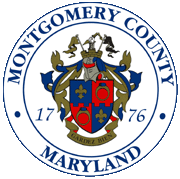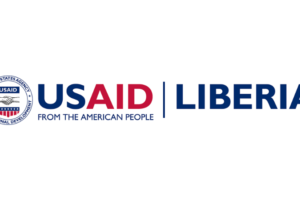Under-served Youth Resources Montgomery County – Funded by DHHS/SAMHSA

The Montgomery County Collaboration Council requested a Geo-mapping Tool in order to assess resources for transitional age youth (TAY) who are at-risk of disconnecting or are disconnected from their communities. » Read more






